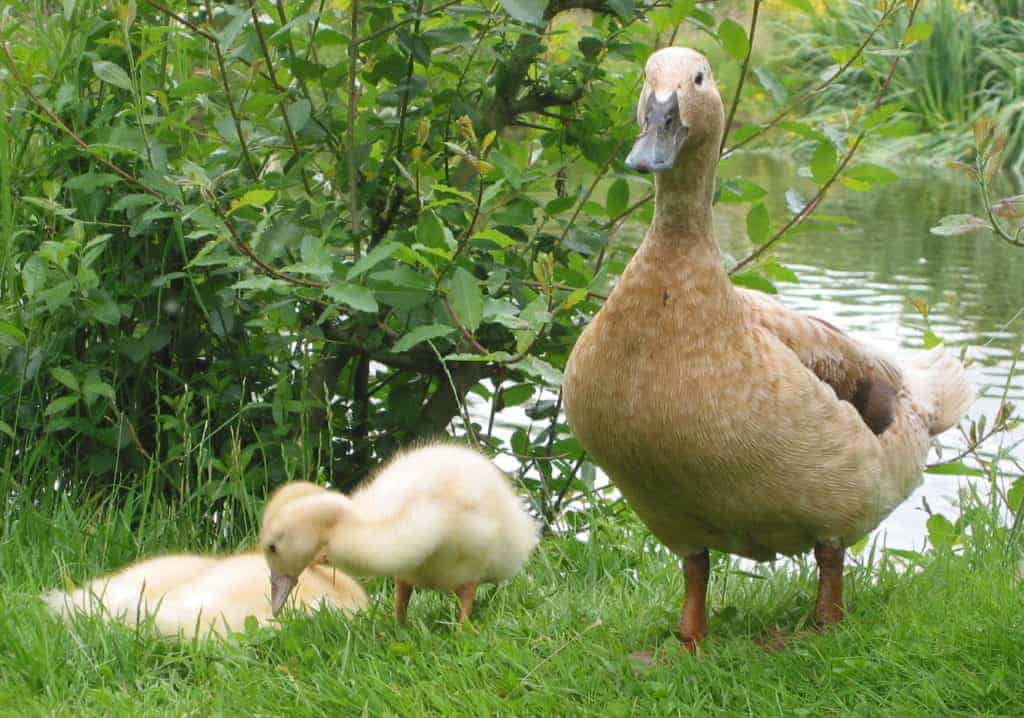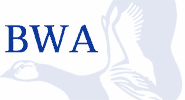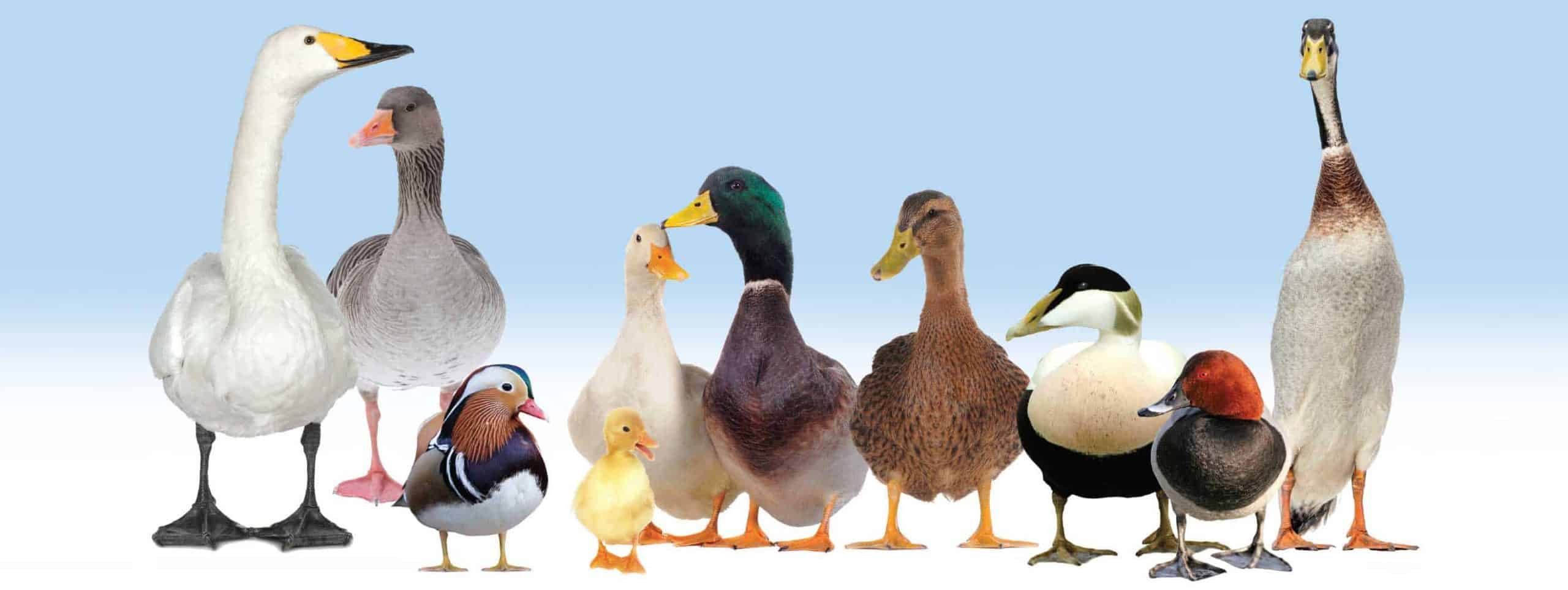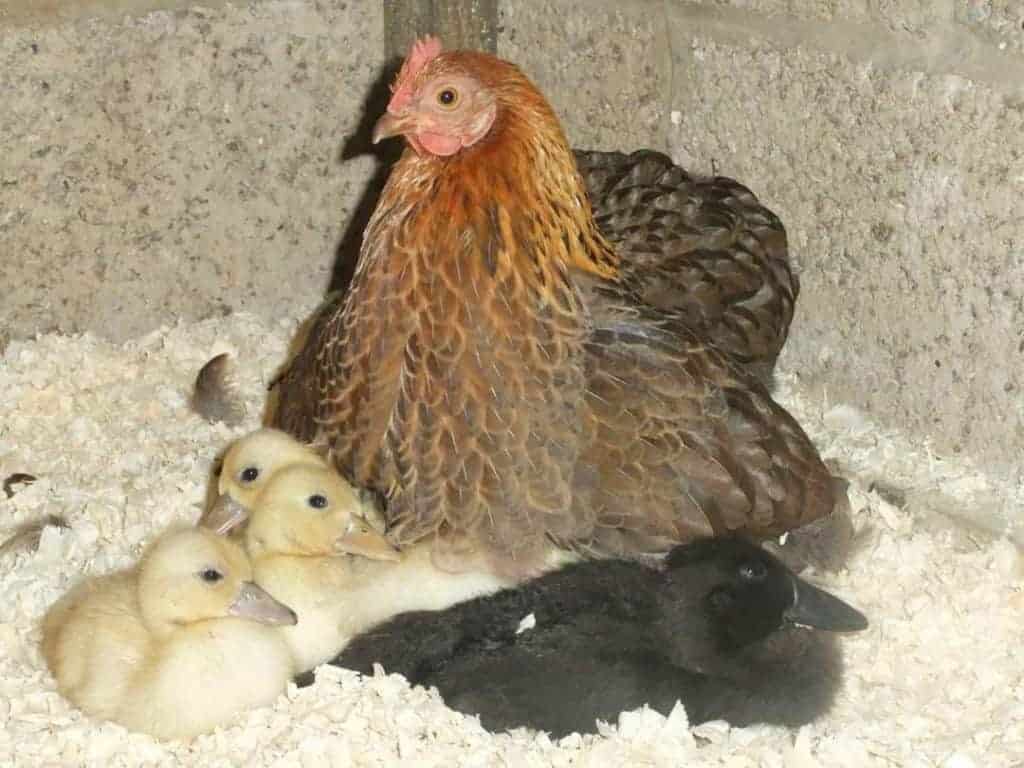
Wild waterfowl are usually led to the relative safety of water by one or both parents soon after their down is dry. Many duck and goose breeders use broody hens to incubate eggs. If they hatch under the broody, she will do an excellent job of caring for the youngsters. No matter how strong the imprinting is on the foster mother, it will not outstrip the urge to swim. Despite the hen scolding and fussing at the waterside, waterfowl still love to splash about!
If brooding under a duck, goose or swan, oil from the adult’s feathers transfers to the downie. As soon as the youngster starts to preen itself, we see the use of its own preen gland increasing. It is thought that swimming helps the development of this gland. The oil produced is key to maintaining the fine structure of the down and eventually the feathers, which are both vital in insulating the bird. The fine barbs and barbules of the feathers must remain supple in order to mesh together and allow the microstructure to be water-repellent. This integrity is actually more significant than the hydrophobic properties of the oil itself.
Artificially reared birds may need to have their access to water limited to short periods until they are able to maintain their own down. Some breeders of the most challenging species will get them swimming straight away. Experience will be your best guide and observation as always, is the key to good stockmanship.
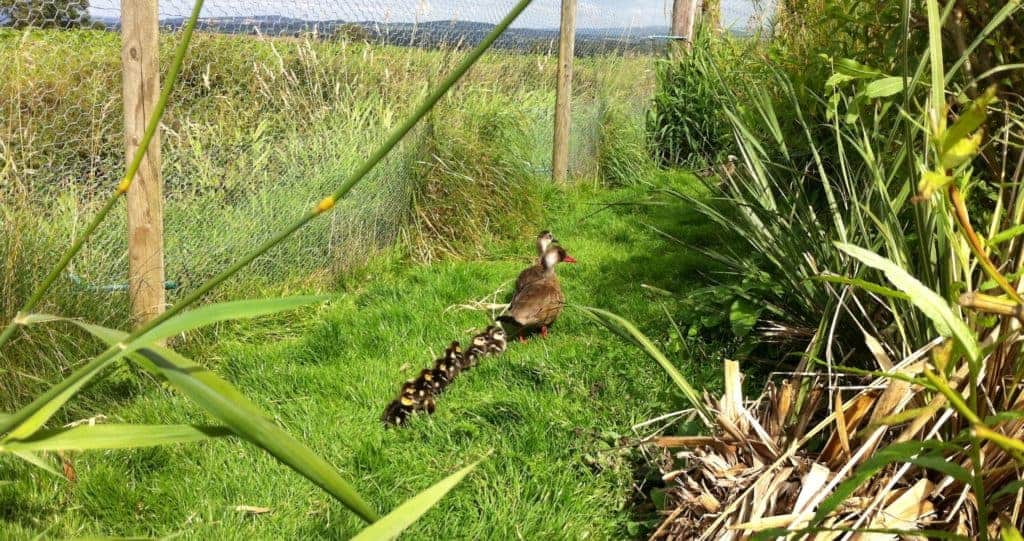
Imprinting is a specialised form of learning that happens in some very young animals so they develop a strong irreversible attachment to the mother. It is only possible during an extremely limited ‘critical period’ soon after birth. Imprinting has a huge effect on wild hatchling survival. Though waterfowl imprinting on humans undeniably gives pleasure to many who rear waterfowl, it is not necessarily the best approach. The individuals may not learn the social cues of their own species and may never go on to form a normal relationship with their own kind.
When we talk about breeds, we mean variants of a domestic animal. Call Duck, Cayuga or Campbell; all are descended from the Mallard Anas platyrhynchos, which is a wild species. Given the opportunity, they can all interbreed. The other wild ancestor of a domestic duck breed is the Muscovy Duck Cairina moschata; where domesticated, there is little variety in its body form, so it is known as a single breed, but with various colours.
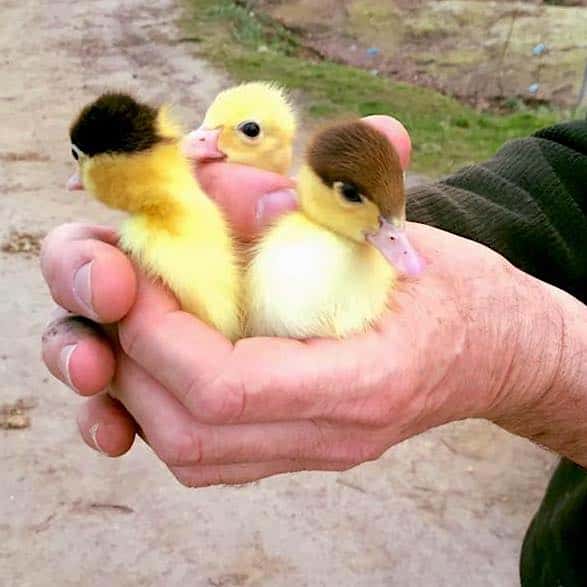
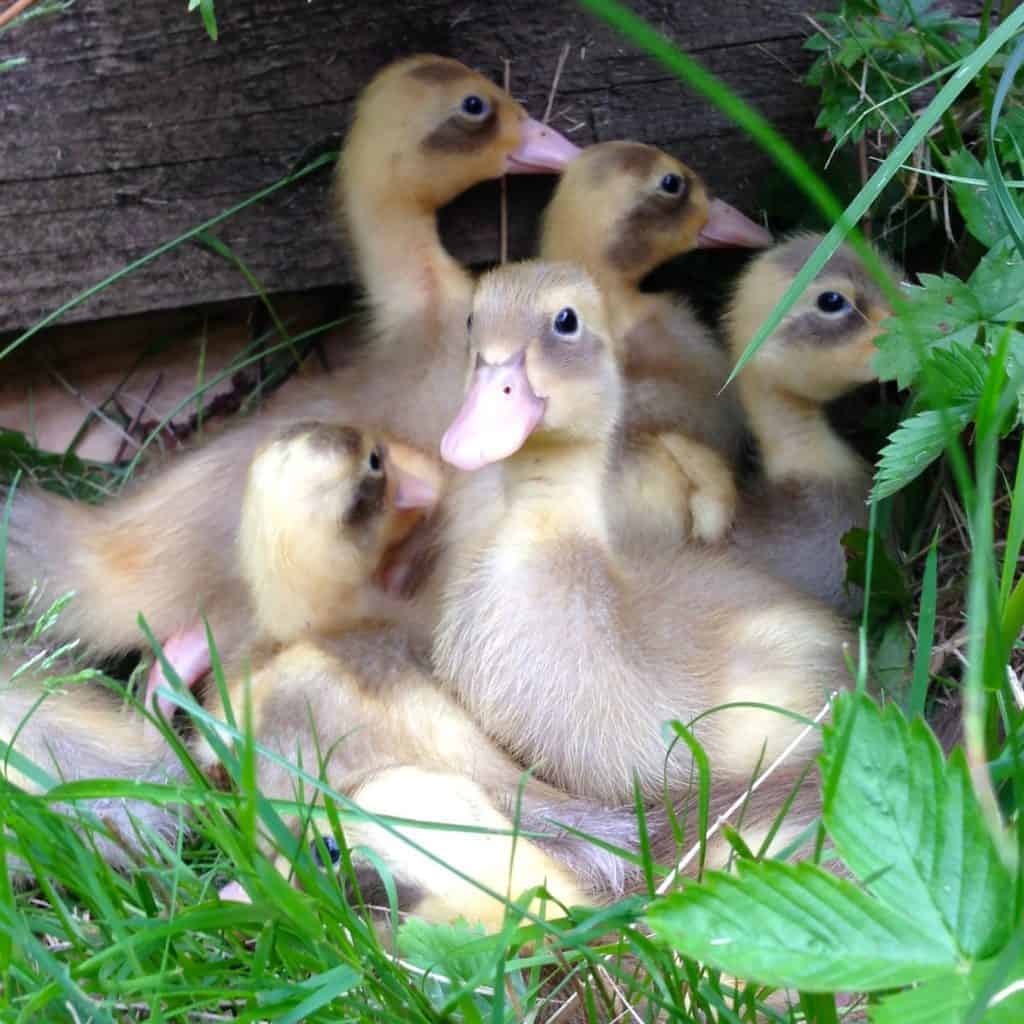
The range of wild waterfowl we keep as ornamentals are different species; for example Ringed Teal, Red-crested Pochard or Ruddy Shelduck etc. Whether or not they are able to hybridise depends on many factors, but in the wild, species are often separated by geography. Where their ranges do overlap, interbreeding generally does not occur because youngsters learn the breeding cues from familial groups. When we keep and rear closely related species together, this social learning can go awry. Each species is different, but the knowledge of who you should be breeding with is not necessarily instinctive; it is a partly learned behaviour. With this in mind, clearly it is better to rear each species as a group. However, if you have a single downie hatch, it will probably be happiest amongst others of similar size rather than being reared alone.
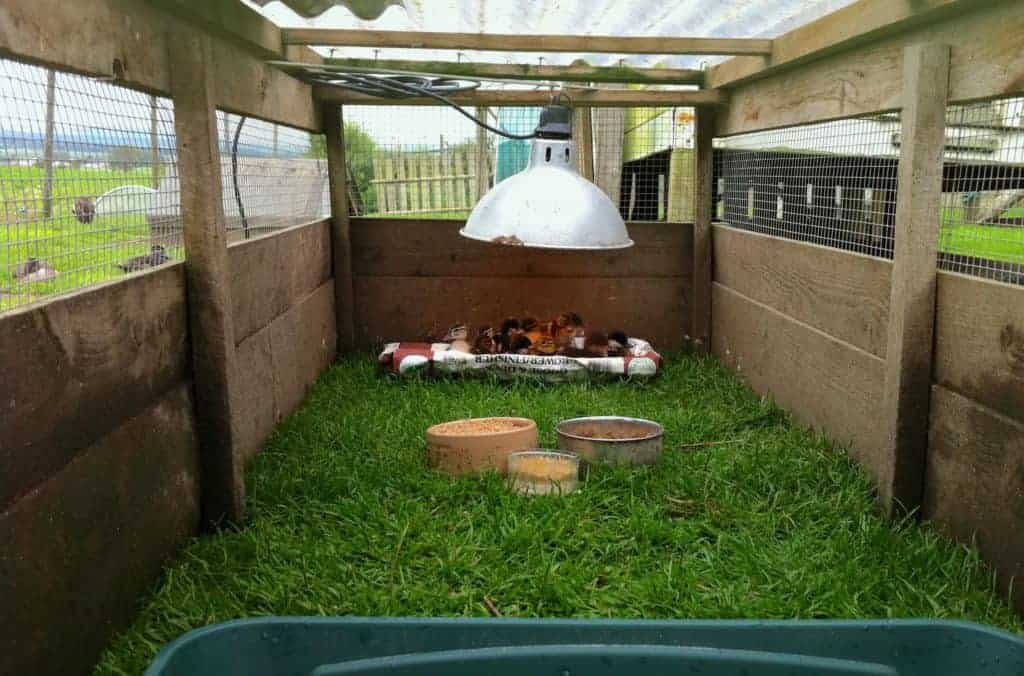
The attrition rate in wild waterfowl is high. A Mallard can have two or three clutches of more than a dozen eggs per year: we’d be knee-deep in ducks if they all survived. They are naturally a really important food source for a wide range of predators in an intricate web of life. With captive waterfowl, we tip the odds in our favour to get a good return and need to be prepared for their development. In the earliest days, hatchlings of similar age and size can be reared together, making management easier. As they age, breeds and species develop at different rates and may need to be separated. It is worth considering here what your plans are for the future of the birds.
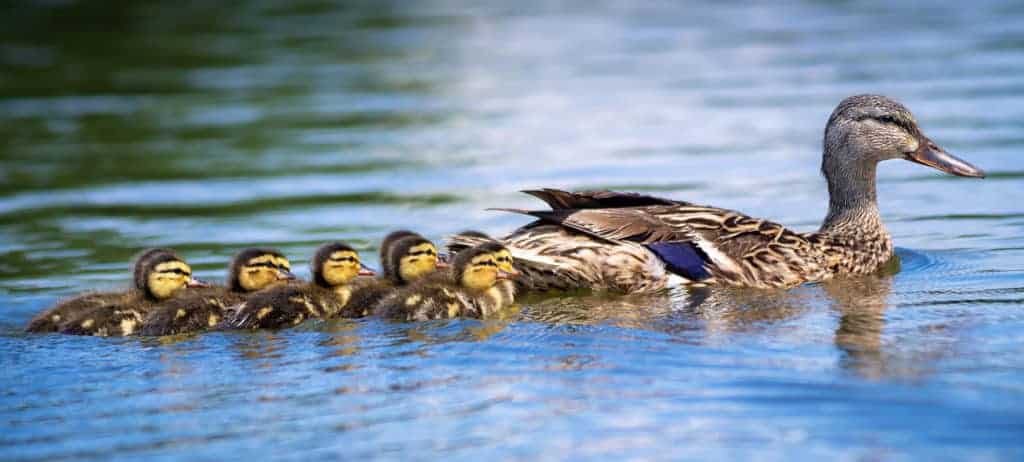
Sudden, unexpected noises and visual events strike fear into young birds and where we have them confined in rearers, they cannot flee to the cover of undergrowth. So it makes sense to allow them to grow accustomed to your voice and appearance. Commercial units generally have a strict policy on who accesses growing birds, to minimise losses from panic. On the smaller scale, waterfowl will be confiding and calm if regularly exposed to your presence as a keeper. Anything that avoids sudden panic, such as talking or singing as you approach will improve the welfare of your birds. Geese in particular are very social and make greeting calls whenever they meet, some of the wild duck species do the same.
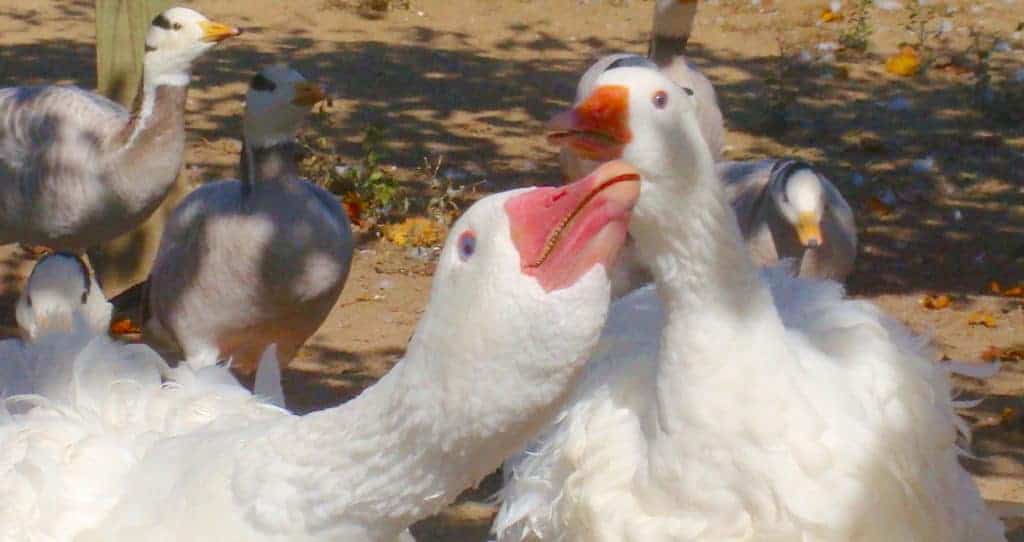
As the downies grow and their need for heat reduces, they become ever more adventurous. They also become increasingly messy and waste management becomes onerous. Unlike chickens who will happily scratch around on a dry substrate such as shavings or straw, the associated wetness of waterfowl means these are not ideal. Bacteria and fungal spores will build up in warmth and moisture. There are two approaches to growing on you could consider. For small batches, an elevated brooder works well. This should have a mesh floor, over an easily cleaned surface. At one end will be a pool of water and at the other a loafing and drying area with a heat source. Stock boards to isolate the areas make management easier. If the brooder is sufficiently long, the running to and from the water to the food helps to improve their condition as they grow.
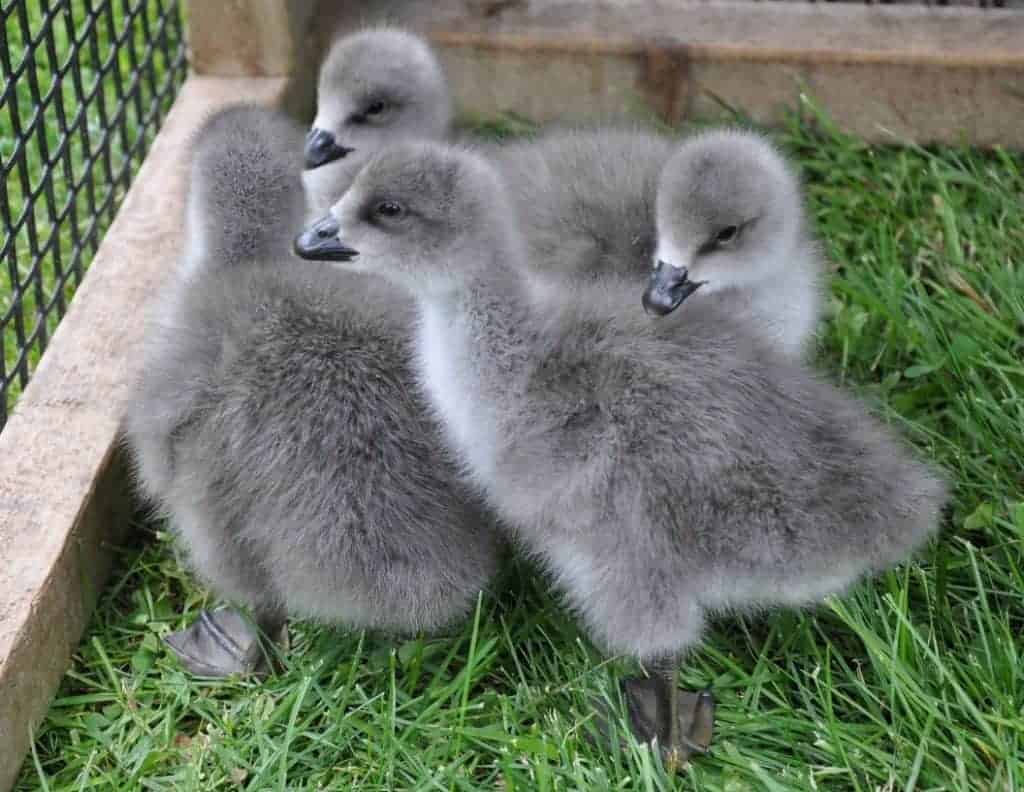
Getting youngsters out onto grass is very satisfying. Geese and some other waterfowl have an instinct to graze very early on. Without turf available, goslings will frequently graze each other. Hanging some lettuce or dandelion leaves can be a distraction, or even snipped grass floating in a dish of water. Grass is so popular that this option will last less than an hour. There is nothing like the real thing. You should not expect to have an immaculate lawn for long though. A brooding box with an open floor and rain proof lid will be useful. A tray of water needs some form of exit and entry, the humble brick is often adequate. You will either need two people to move it safely or have wheels at one end if it is to be of a useful size. Great care is needed if birds are kept in the brooder as you move it: far better to catch them gently and place them in a box or bucket or coax them into one on its side and scoop them up whilst you attend to the housekeeping. Pens will gradually have to increase in size.
With wire enclosures on grass, you do need to provide some form of shade and shelter if there are no trees or bushes. As the pens are moved, the used patch should be swept of debris and hosed off to allow the turf the chance to recover. Short lawn grass is ideal but nothing survives the constant padding of growing webbed feet — if this bothers you, rear fewer at a time or spread them over a wider area.
